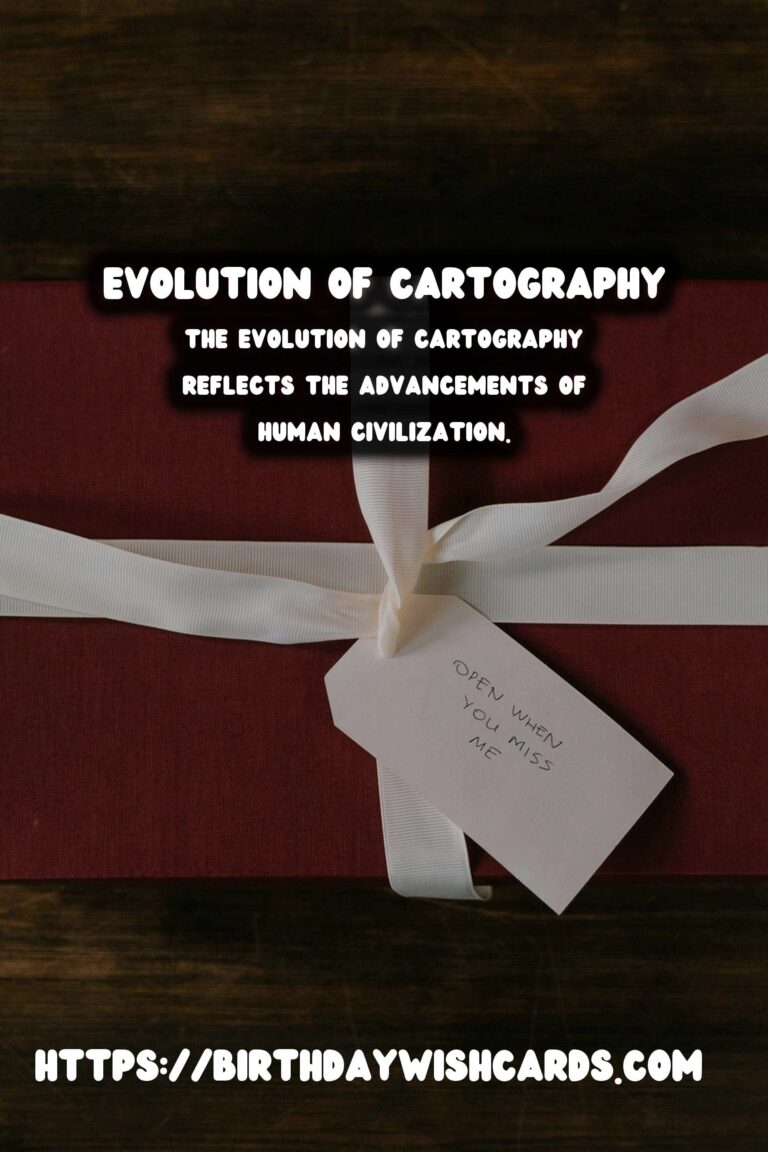
Throughout history, cartography, or the art and science of map-making, has played a pivotal role in shaping our understanding of the world. From ancient maps etched on stone to the digital maps we carry in our pockets today, the evolution of cartography reflects the advancements of human civilization.
Early Beginnings
One of the earliest known maps is the Babylonian world map, dated back to the 6th century BCE. This map, etched on a clay tablet, provides a fascinating glimpse into how ancient civilizations perceived the world around them. Such maps were often symbolic rather than accurate, reflecting mythological and religious views.
The Greeks and Romans also contributed significantly to early cartography. Eratosthenes, a Greek mathematician, was among the first to calculate the Earth’s circumference using mathematical geography. His work laid the groundwork for future scientific advancements in mapping.
The Middle Ages
During the Middle Ages, map-making in Europe was heavily influenced by religious beliefs. Mappa mundi, maps representing the Christian worldview, depicted Jerusalem at the center. These maps, while not geographically accurate, were important for religious and educational purposes.
In the Islamic world, however, cartography flourished with remarkable accuracy. Muslim scholars, like Al-Idrisi, created maps that combined geographic information from various sources, enhancing navigation and trade routes significantly.
The Age of Exploration
The Age of Exploration in the 15th and 16th centuries marked a turning point in cartography. Explorers like Christopher Columbus and Vasco da Gama relied on maps to navigate unknown seas. The invention of the printing press further revolutionized map distribution, making them more accessible to the public.
During this period, the use of latitude and longitude lines became more common, thanks to the efforts of cartographers like Gerardus Mercator, whose Mercator projection addressed navigational challenges by representing lines of constant course.
Modern Cartography
With the advent of the 19th and 20th centuries, cartography embraced scientific and technological progress. The development of aerial photography during World War I and the subsequent use of satellite imagery have transformed map-making into a precise science.
Geographic Information Systems (GIS) in the latter half of the 20th century further revolutionized cartography, enabling dynamic and interactive maps that we utilize for various applications today, from urban planning to environmental management.
The Digital Era
Today, digital cartography has become an integral part of daily life. We rely on GPS technology and digital maps for navigation, travel planning, and geographic exploration. Companies like Google have created comprehensive mapping platforms, offering street views, real-time traffic updates, and personalized recommendations.
The digital era has also democratized map-making. Individuals can create custom maps using open-source tools or apps, adding layers of information tailored to specific interests or needs.
The Future of Cartography
As technology continues to advance, the future of cartography seems boundless. Augmented reality (AR) and virtual reality (VR) are set to offer immersive mapping experiences. These innovations could transform educational models, tourism, and even space exploration maps.
Moreover, the integration of big data with cartographic techniques can provide invaluable insights into social, economic, and environmental phenomena, significantly impacting policy-making and global governance.
In conclusion, the evolution of cartography is a testament to human curiosity and ingenuity. As we continue to map out new horizons, cartography remains a crucial tool in understanding and navigating our complex world.
Throughout history, cartography, or the art and science of map-making, has played a pivotal role in shaping our understanding of the world. The evolution of cartography reflects the advancements of human civilization. 
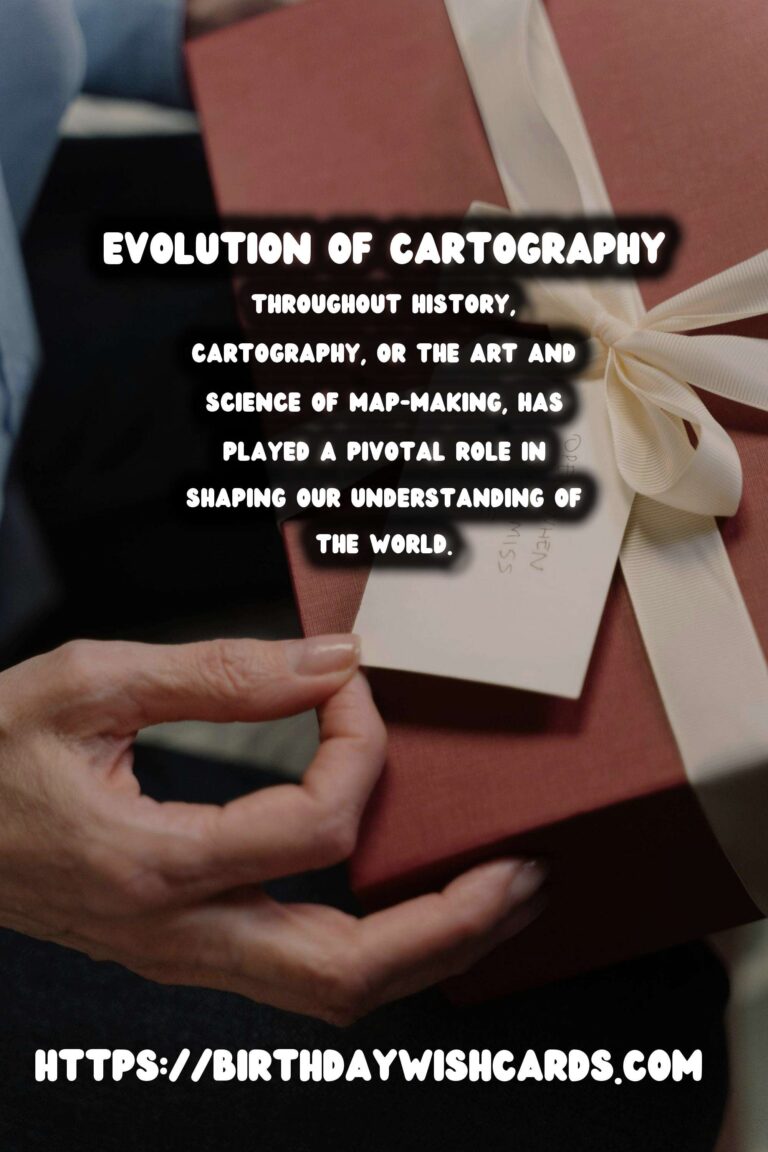
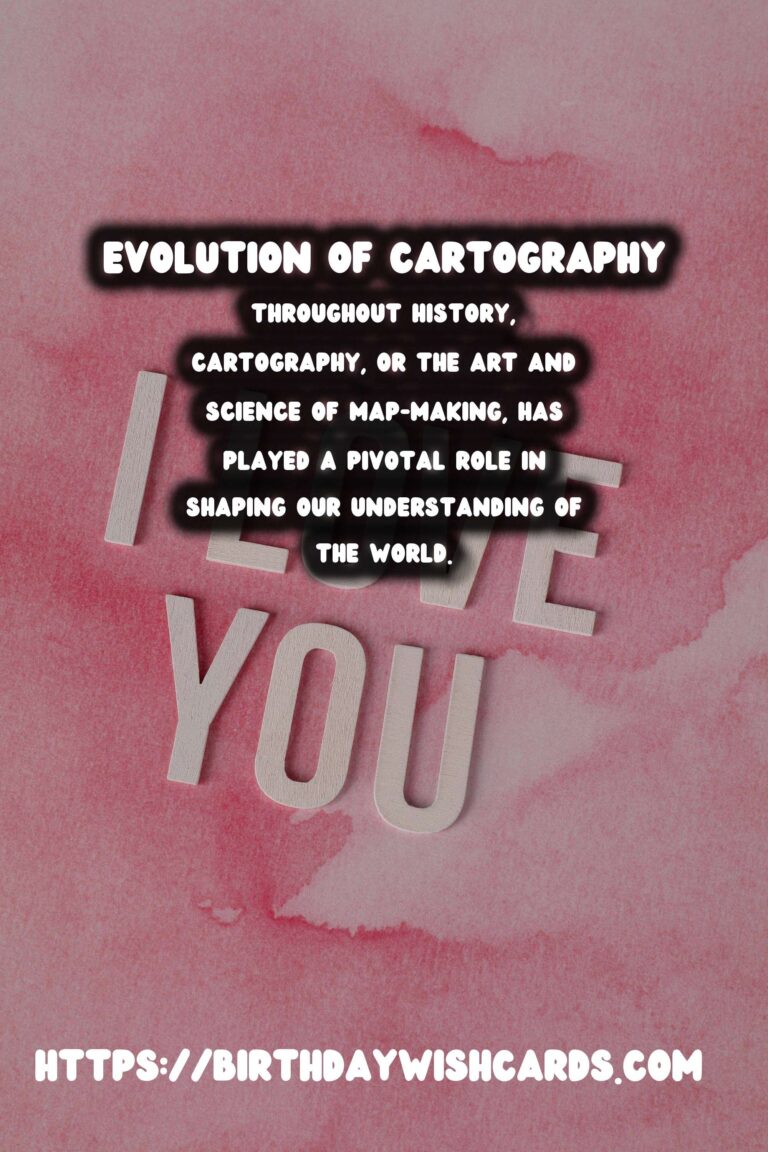
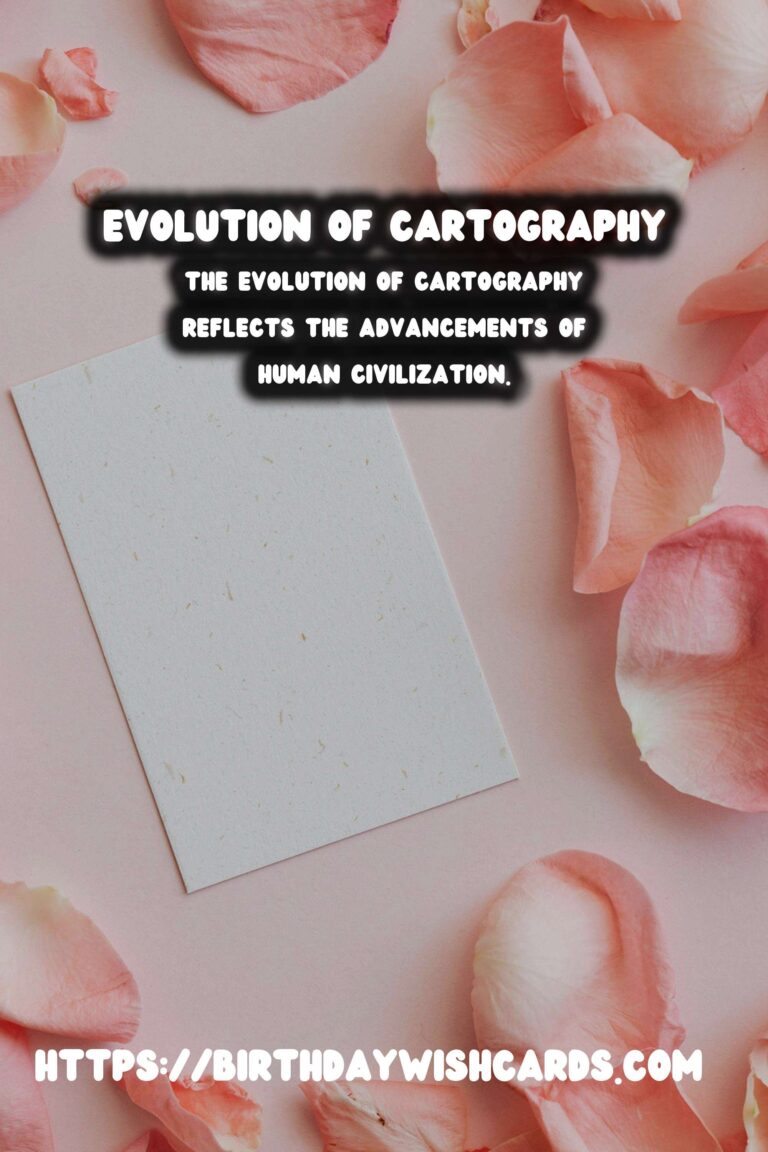
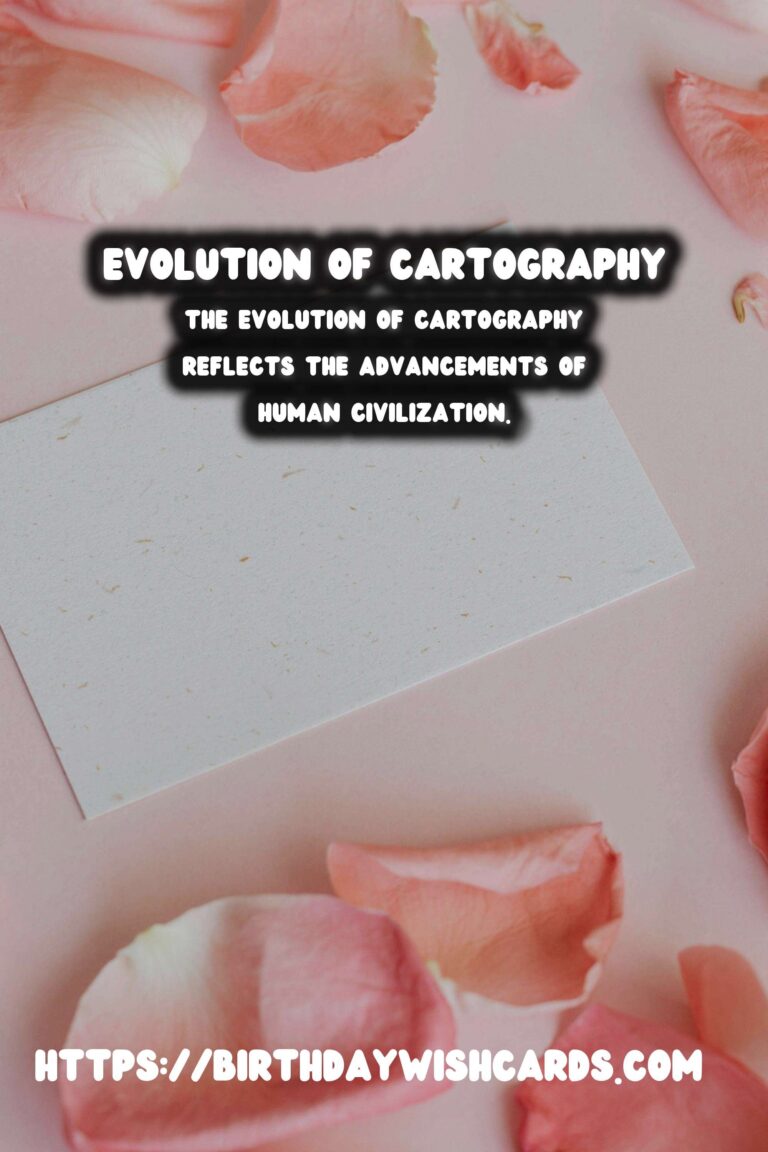
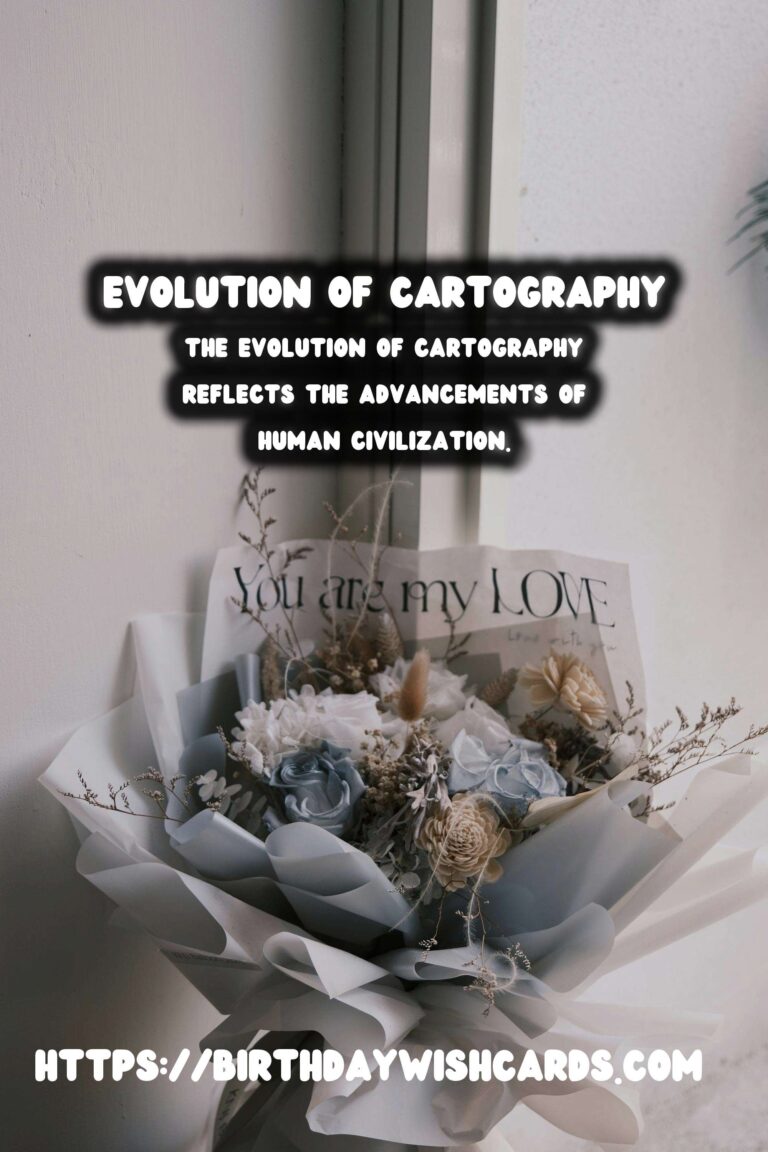
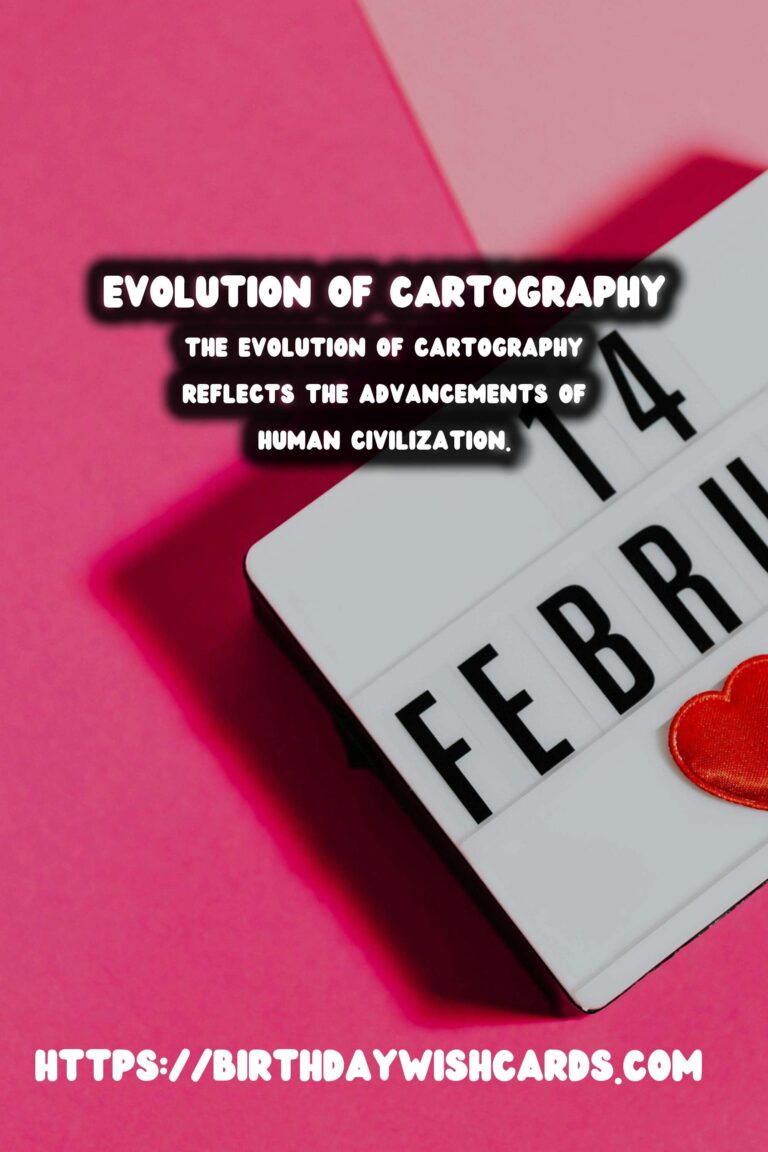
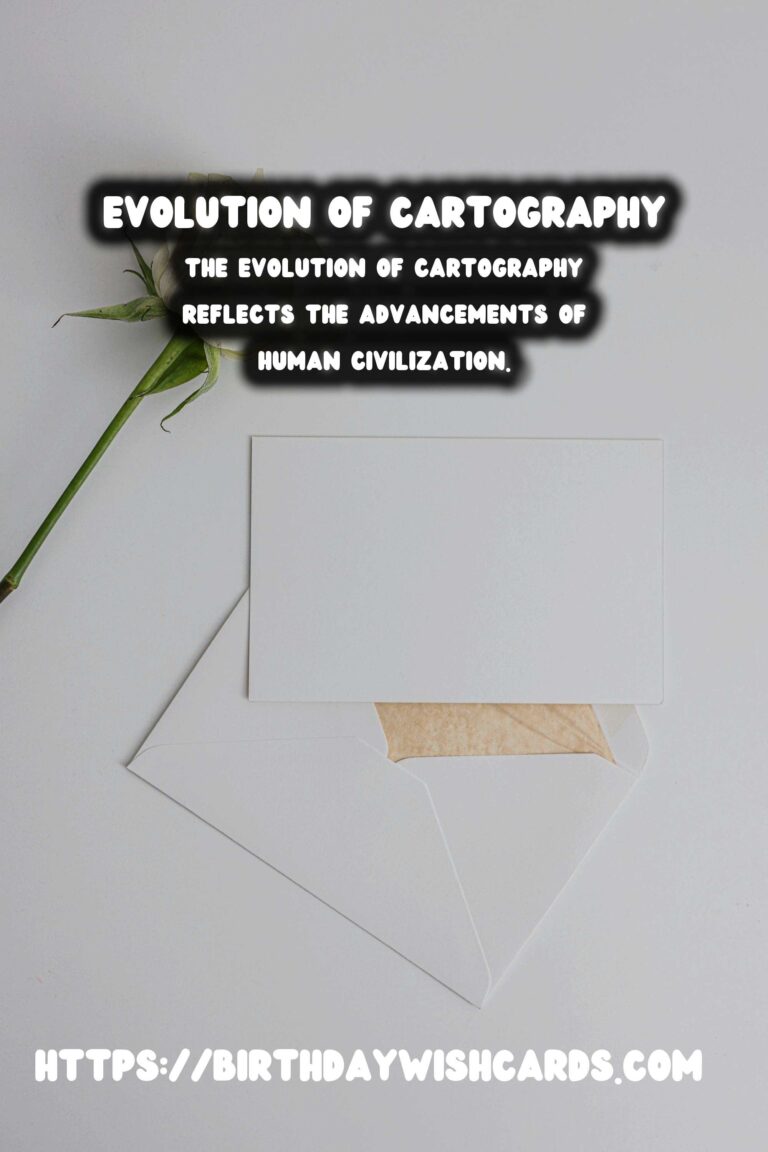
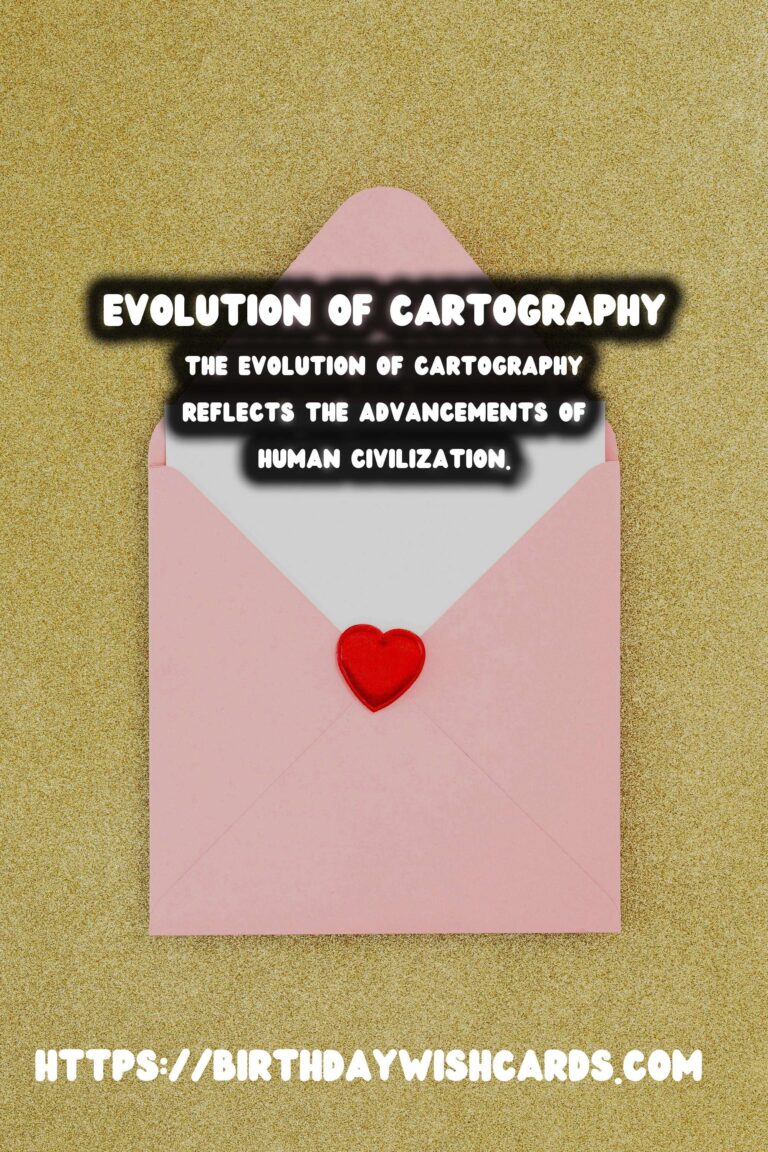
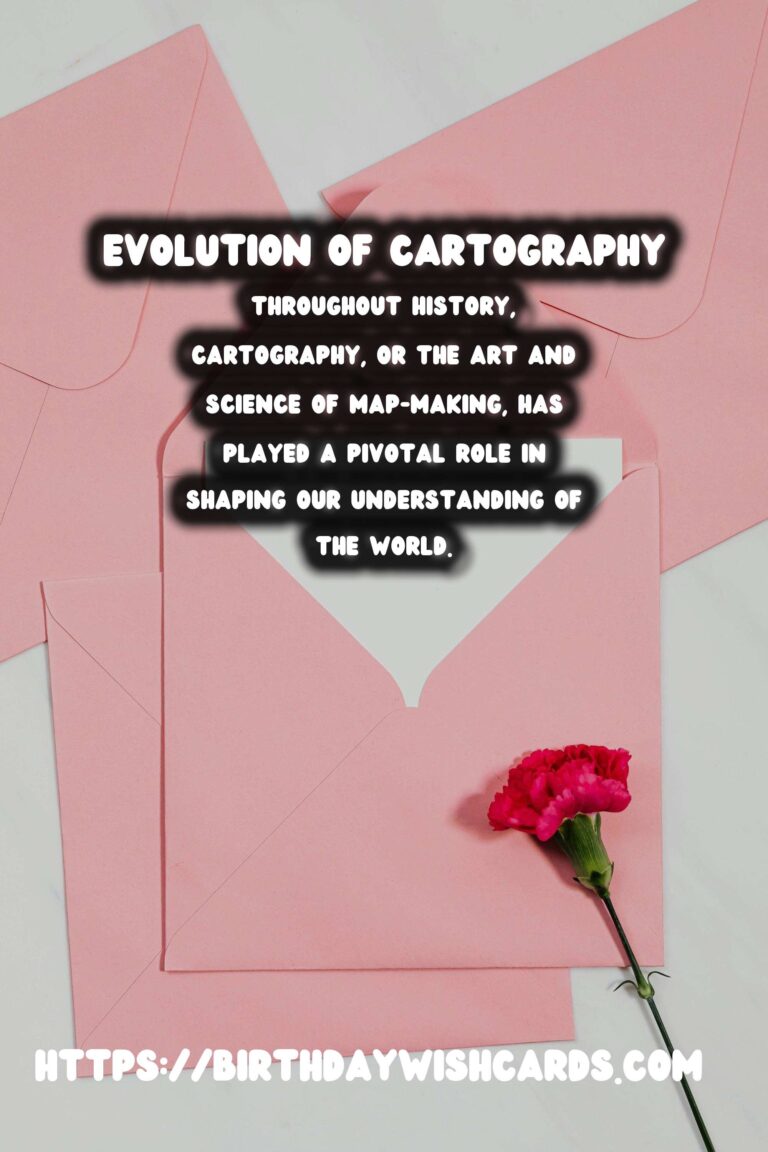
#cartography #maps




